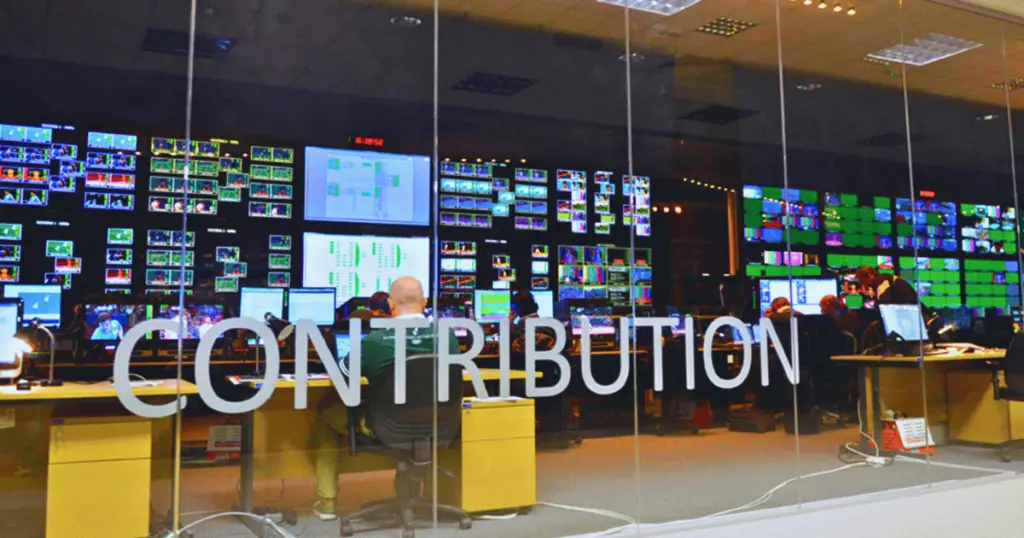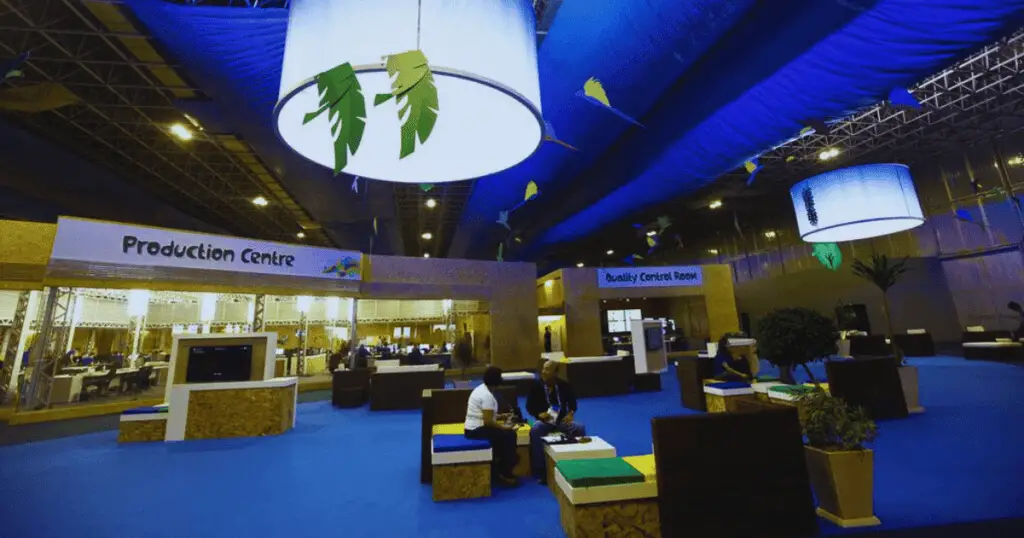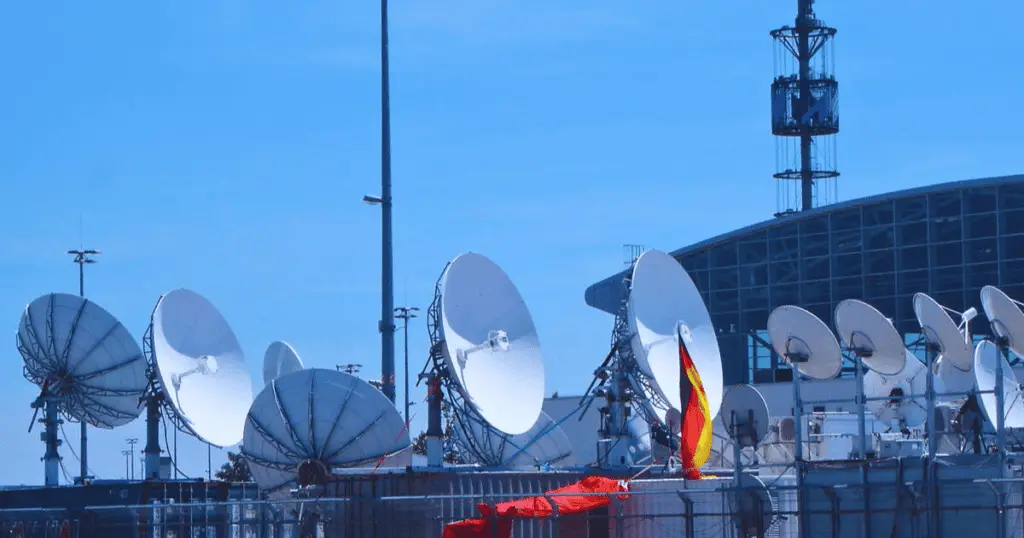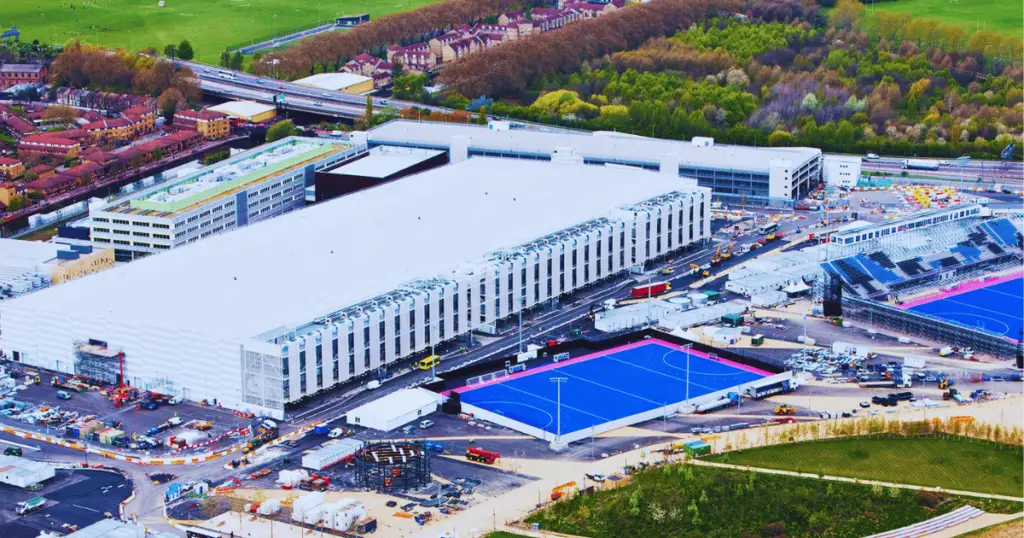Introduction
In global communication, the International Broadcast Centre (IBC) emerges as a cornerstone, orchestrating the seamless exchange of multimedia content across borders. As a pivotal hub for broadcasters, content creators, and media fans worldwide, the IBC embodies the essence of connectivity and collaboration. In this expansive guide, we embark on a journey to unravel the intricacies of the IBC, shedding light on its significance, functionalities, and the myriad opportunities it offers.

Understanding the International Broadcast Centre
The International Broadcast Centre (IBC), synonymous with influence and innovation in the media landscape, epitomizes the convergence of technology and global communication. Situated as the nerve centre of international broadcasting, an IBC serves as the epicentre for producing, distributing, and transmitting multimedia content to diverse audiences worldwide.
According to Wikipedia, the IBC is pivotal in facilitating media coverage for major international events such as the Olympics, FIFA World Cup, and global summits, showcasing its indispensable role in shaping the global narrative.
The Role of an International Broadcast Centre
At its core, an International Broadcast Centre is a multifaceted facility equipped with cutting-edge broadcasting infrastructure. It serves as a strategic venue for live coverage and real-time broadcasting of global events, leveraging advanced technologies to reach millions of viewers across the globe.
Key Features of the International Broadcast Centre
- Global Broadcasting Hub: Positioned as a global broadcasting hub, an IBC is a central point for media convergence, enabling broadcasters to transmit live events and breaking news to audiences worldwide.
- State-of-the-Art Facilities: Equipped with advanced broadcast studios, editing suites, and transmission facilities, an IBC provides media professionals with the tools they need to deliver high-quality content efficiently.
- Multimedia Production: From live broadcasts to pre-recorded programming, an IBC supports various multimedia production activities, including video editing, audio mixing, and graphic design.
- Collaborative Environment: With its collaborative workspaces and networking opportunities, an IBC fosters collaboration among media organizations, content creators, and technology providers, driving innovation and creativity in the industry.

Landscape of the IBC
For media organizations looking to harness the capabilities of an International Broadcast Centre, navigating the landscape of international broadcasting requires strategic planning and foresight.
- Research and Analysis: Conduct a comprehensive analysis of global media trends and audience preferences to identify strategic opportunities for international broadcasting.
- Partnership Development: Forge strategic partnerships with other media organizations, technology providers, and event organizers to gain access to exclusive broadcasting rights and expand your reach.
- Infrastructure Investment: Invest in state-of-the-art broadcasting infrastructure to ensure seamless transmission and delivery of content to audiences worldwide.
- Content Localization: Tailor your content to suit international audiences’ cultural nuances and preferences, leveraging translation services and regional content partners to maximize engagement and relevance.
- Compliance and Regulation: Familiarize yourself with the regulatory requirements governing international broadcasting, ensuring compliance with licensing agreements and content restrictions in different jurisdictions.
Opportunities with the IBC
In an era of connectivity and convergence, the International Broadcast Centre emerges as a catalyst for innovation and growth in the global media landscape. By leveraging its advanced capabilities and strategic partnerships, media organizations can unlock new avenues for content distribution, audience engagement, and revenue generation on a global scale.

2006 Edition of IBC
During the 2006 FIFA World Cup held in Germany, Munich’s International Broadcast Centre (IBC) welcomed journalists from approximately 190 nations. Situated at the Munich Fairgrounds, this sprawling centre boasted an impressive 30,000 square-meter expanse (about 322,917 square feet). Constructed primarily from fir wood, it featured 966 tonnes of this material and comprised 22,500 square meters (roughly 242,188 square feet) of wooden panels and walls.
Operating around the clock, seven days a week, the IBC housed fifteen fully-equipped television studios to cater to the diverse needs of broadcasters. Following the conclusion of the World Cup, the building transitioned into what is now known as the Munich Exhibition Centre.
During the event, a remarkable 120 television and radio channels utilized the IBC to transmit World Cup images and reports to their respective audiences across the globe. Each channel was allocated a dedicated space on the floor, restricted by partitions made of wooden panels, ensuring a structured and organized environment conducive to efficient broadcasting operations.
Conclusion
As we navigate the ever-evolving global communication landscape, the International Broadcast Centre is a testament to the transformative power of media and technology. With its unwavering commitment to excellence and innovation, the IBC continues to shape the narrative of international broadcasting, inspiring creativity and connectivity across borders.
Also Read: Who is the Best Soccer player in the World
Where is Olympic Park?
Sydney Olympic Park
New South Wales 2127, Australia
- Striker Position in Soccer - April 1, 2024
- Who is the Best Soccer Player in the World - March 21, 2024
- International Broadcast Centre - February 27, 2024


